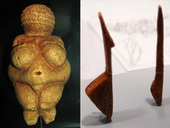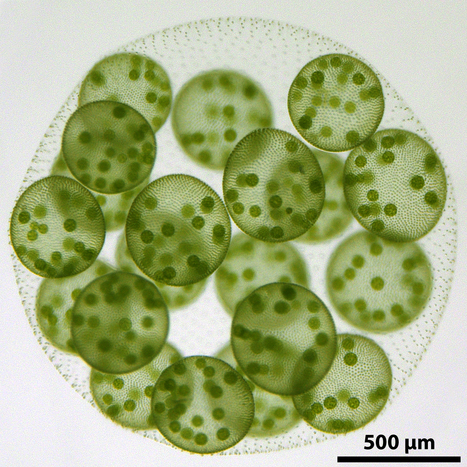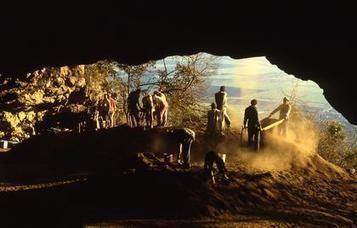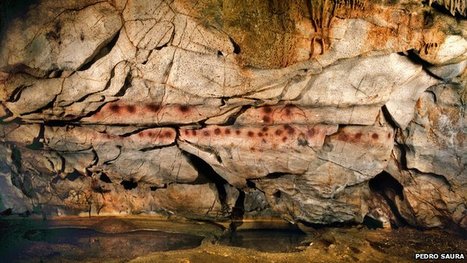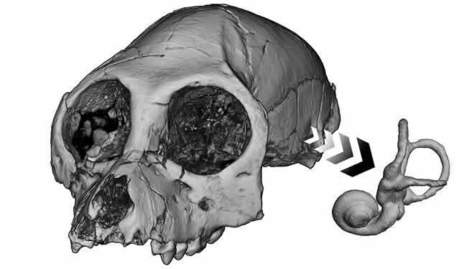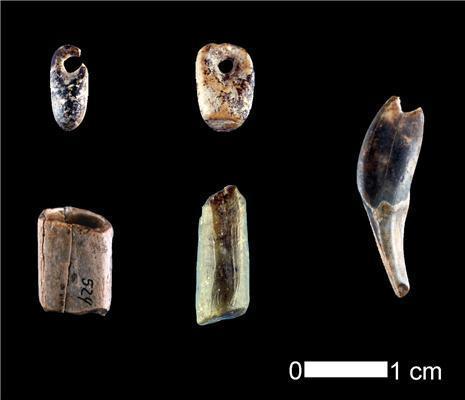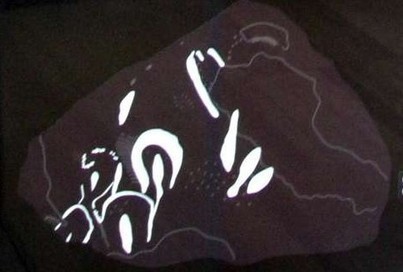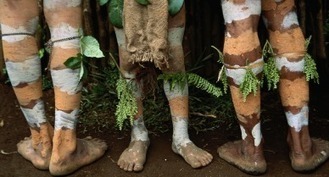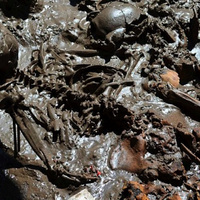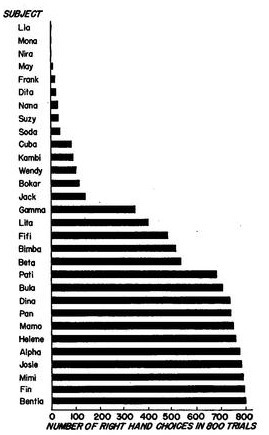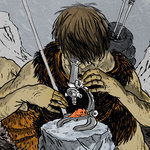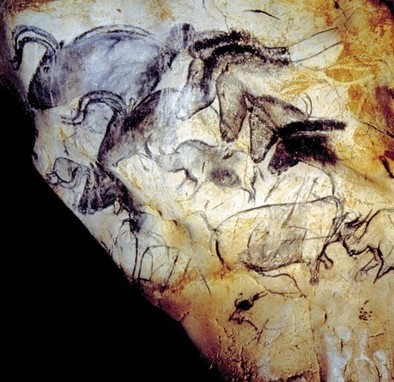About 35,000 years ago, prehistoric artists across Europe suddenly discovered the female form—and the art world has never been the same. The explosion of voluptuous female figurines sculpted out of limestone, ivory, and clay directly inspired Picasso and Matisse. Researchers have debated the figurines' meaning for decades. Now, two scientists think they have the answer. Presenting their work here last week at the European Palaeolithic Conference, they claimed that the objects started off as celebrations of the female form, then later became symbols that tied together a growing human society.
Research and publish the best content.
Get Started for FREE
Sign up with Facebook Sign up with X
I don't have a Facebook or a X account
Already have an account: Login

 Your new post is loading... Your new post is loading...
 Your new post is loading... Your new post is loading...
|
|



